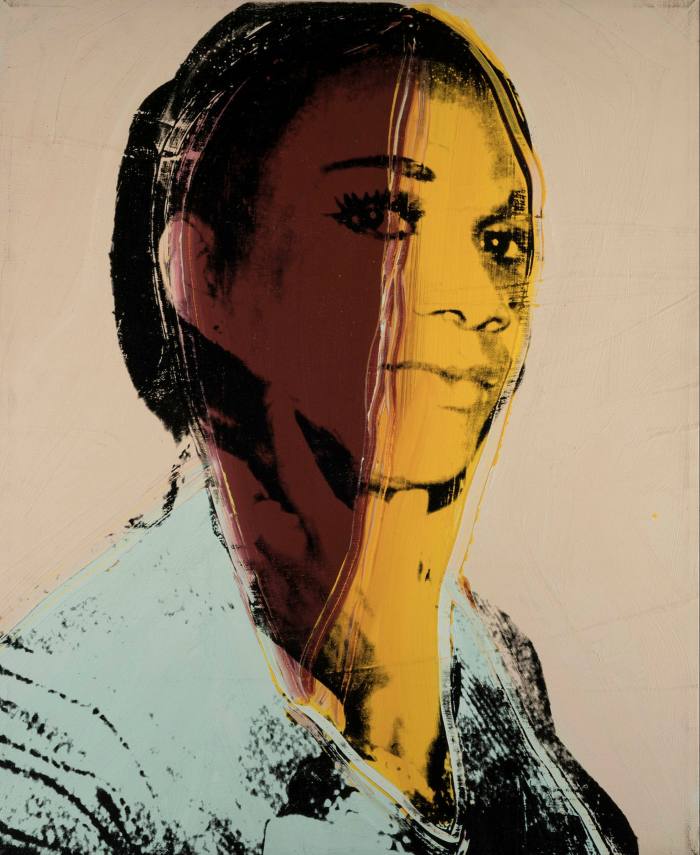
From Titian to Warhol: shutters lift on our critics’ favourite shows

21st century painting is essential viewing at Whitechapel Gallery
The Whitechapel Gallery’s Radical Figures is London’s first serious group show of 21st-century painting. That indicates just how beleaguered the medium is institutionally, despite audience popularity and ever-rising auction prices; it makes the exhibition — an ambitious attempt to define the zeitgeist — essential viewing.
“I would love to be able to make clear figuration. I just don’t know how you do it. I think Dana Schutz does it brilliantly,” says Cecily Brown, interviewed in the catalogue. Brown is the Whitechapel’s most figuratively ambivalent painter, the only one who could also star as abstractionist. Fugitive presences, phantoms rather than people, emerge in the trapped energy of her pulsating all-over surfaces of dissolving water and atmosphere. There is a mass of forms and flesh amid undulating, rushing, receding electric blue, swaths of grey, foamy cream, in “The Last Shipwreck” (2018), and a push and pull of paint and bodies, slashing swirling pinks, reds, whites in “Oinops” (2016-17), whose title references Homer’s “wine-dark sea”.
Andy Warhol: pop art’s ultimate entertainer
“If you want to know all about Andy Warhol, just look at the surface of my paintings and films and me, and there I am.” The statement is so famous, banal, easy to dismiss as a Warhol feint of shallowness. Yet Tate Modern does the artist the favour of taking it seriously. The museum’s new Warhol retrospective is the most autobiographical, personal and human-scale ever mounted in Europe. Unfolding Warhol’s work as the expression of anxieties about his family background, sexuality, hopes and fears connected to religion and death, Tate presents the man, not the mythmaker. It reveals, the curators say, “an artist who both succeeded and failed”.
Conceptual art had never been so entertaining, perhaps because it had never been created by a working-class boy with perfect antennas for mass sensibility. Warhol is the link from intellectual Duchamp to demotic Damien Hirst, and from Byzantine iconography to YouTube. JW Extended to November 15, tate.org.uk

Warhol: ‘look at the surface . . . and there I am’ © 2020 Andy Warhol Foundation for the Visual Arts, Inc/Licensed by DACS, London